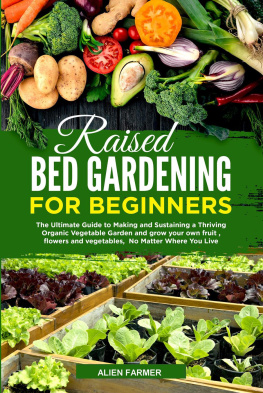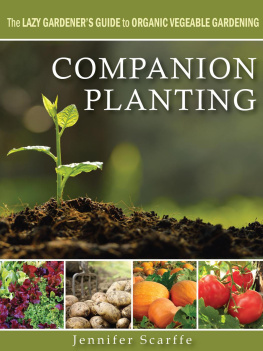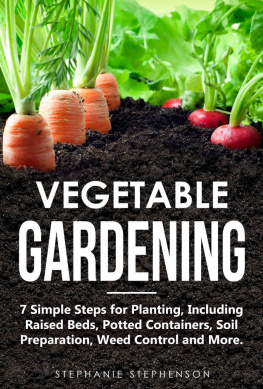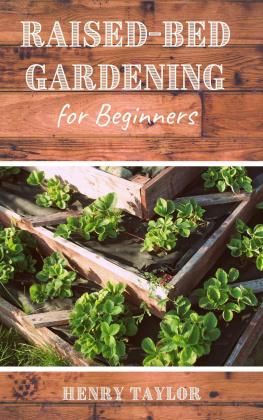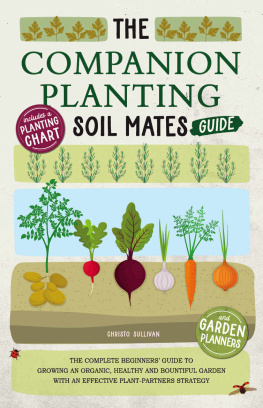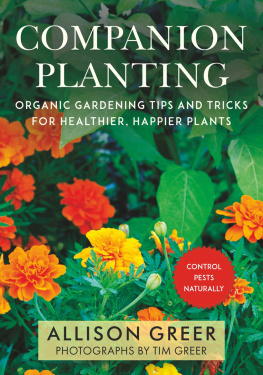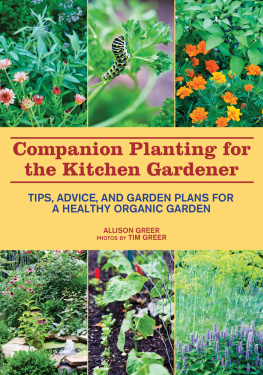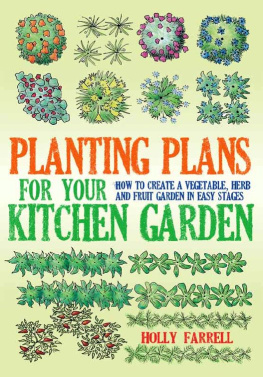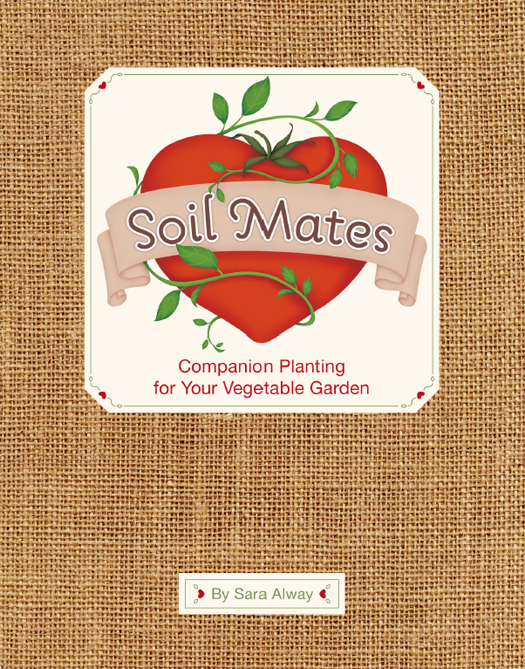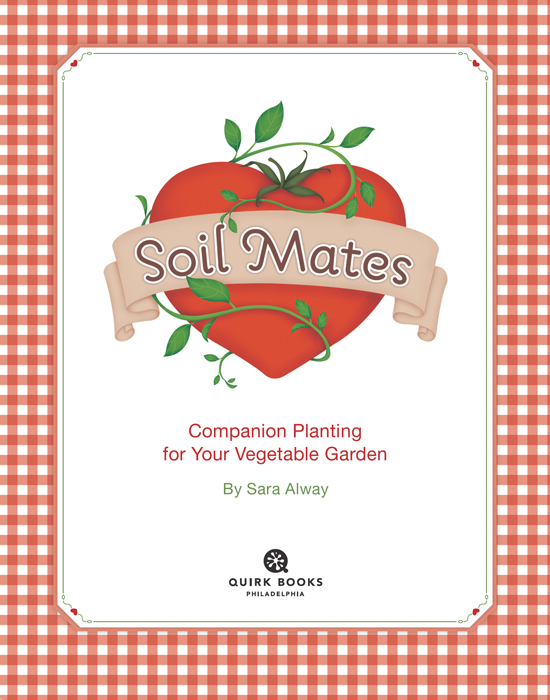All rights reserved. No part of this book may be reproduced in any form without written permission from the publisher.
Hardcover designed by Jenny Kraemer, based on the design by Sara Alway, justAjar design
Content editing by Mary Ellen Wilson
Content review by Kelle Carter
Illustrations by Wai
Recipes courtesy Susanna Franklin
Hardcover production management by John J. McGurk
Foreword
T he way I see it, the ability to grow things is something were all born with. Give children a watering can, and theyll shower everything in sight. They know that plants need water. Im not saying that growing something is as easy as watering it, but its a start.
It seems that in this modern world of ours, people have forgotten how to do a lot of the simplest and most basic things that used to come as second nature. We seem to think that only the most educated in the field of agriculture are able to grow our food. Not trueanyone can have a garden! Start with a small container, and, as your garden grows, so will your imagination and the possibilities, too.
This is my seventh year growing food. I began at the Seeds of Change Research Farm, where I became enamored with the art of nurturing plants. Now my fianc and I are running our own market garden in Colorado. This book is a great how to for the beginning gardener and an easy reference for the avid grower. Companion planting is a relatively effortless way to improve the health of your soil and crops. The plants do all the hard work; we just plant them where they want to be.
Even growing on a large scale, the information in this book is relevant and applicable. It provides all the details to grow food in any capacity, and the recipes supply gardeners with delicious and easy ways to eat their work. Cooking with food you grow is a true delight, and even the novice can create a flavorful meal when using fresh ingredients.
The best way to learn how to grow a garden is just to go outside and grow a garden. Start small, take notes of what worked and what didnt, and keep maps of where crops were planted. Over the years, youll learn a lot from the information you gather at the end of each season. Gardening is something you can do. Just dig up some time and plant yourself in the backyard.
Kelle Carter , Farmer, Southern Roots Farm


What Is Companion Planting?
J ust like people, plants are searching for the perfect companion. Someone who brings out the best in them, makes them feel comfy, keeps the bad influences away. Just as people search the world over for their soul mate, plants hunt gardenwide for their soil mate. And its our job as gardeners to help these lovelorn veggies find each other.
Gardeners have learned to maintain high-yielding crops without chemicals simply by placing certain plants together in a garden bed. A conscientious placement of plants that are beneficial to each otherknown as companion plantingwill boost your harvest while reducing your work battling weeds, pests, and diseases. Most important, you wont be reaching for the chemicals because the plants will be doing a lot of the heavy lifting. Theyll be attracting good bugs, birds, and animals; hiding the harvests from predators; and creating a more natural biodiversity that is less taxing on the soil.
As the ultimate dating manual for your vegetables, this book will clue you in on simple tips and help you create the perfect symbiotic relationships between your plants. Once nestled in bed together, your veggie companions will thrive, making for a happy and productive garden.
HORTICULTURAL MATCHMAKING
Each pair of soil mates begins with a succinct but fun description of both plantstheir general features, their overall needs and desiresin essence, what makes them a Love Match . Next, My Place or Yours details how best to place your companions to maximize their benefits to each other, complete with a handy planting illustration. Then come the Plant Profiles . Think of these as snapshots of the plants that highlight their special little quirks and unique offerings, the bugs that bug them, and their sordid third-party attractions. Noted are their:

Turn-Ons Lets face it: Everyone has a soft spot for special treatment, including plants. Try these tips and tricks to keep your soil mates happy and productive.

Turn-Offs You know the type. They hog the sunlight, drink all the water, and then expect their partner to produce in the garden bed. Try to avoid these situations if you want garden harmony.

Needy Alerts Be warned! These types will always be asking for more fertilizer, more water, more sun, more everything. Though they are needy, if you give them your attention, they will reward you generously. So lavish your love with impunity.

Stalker Alerts Always be on the lookout for those pesky stalkersof the insect or animal variety.



